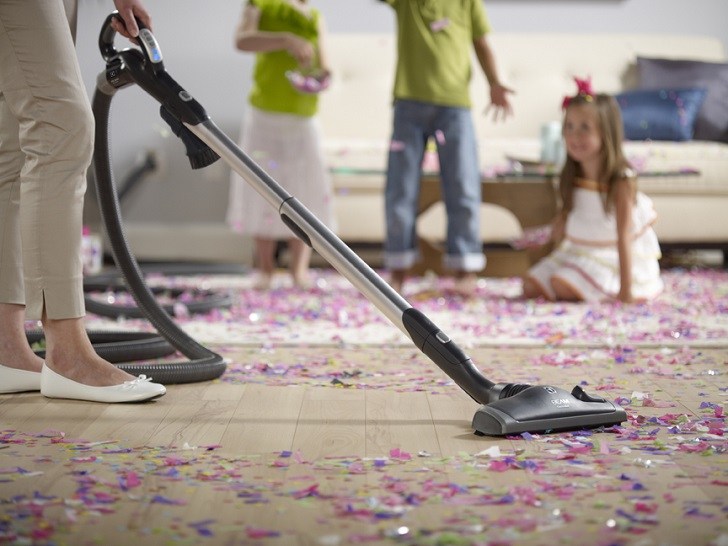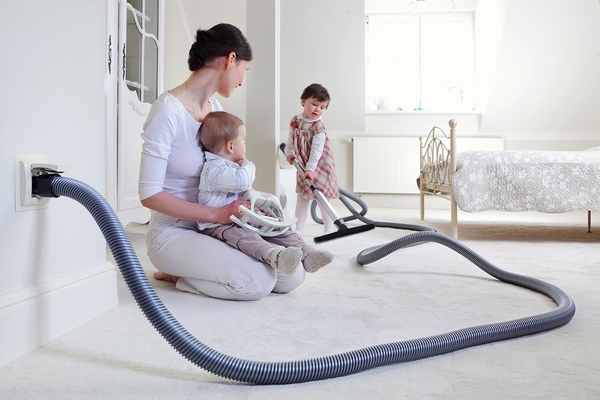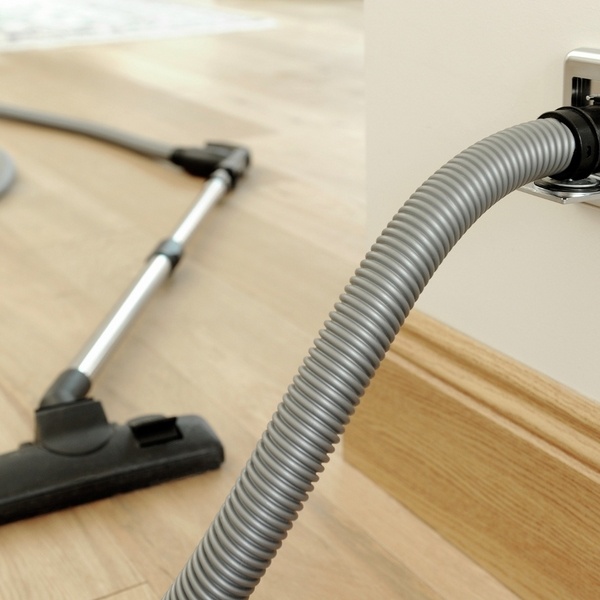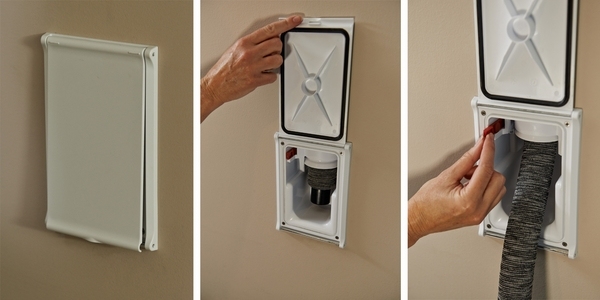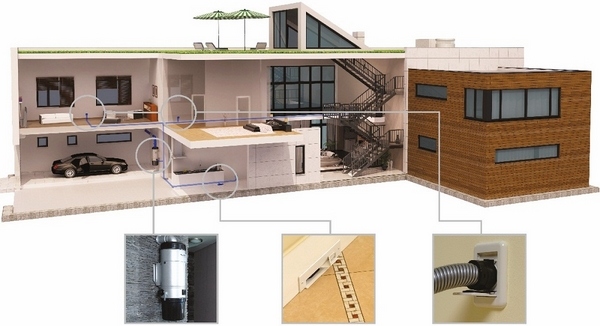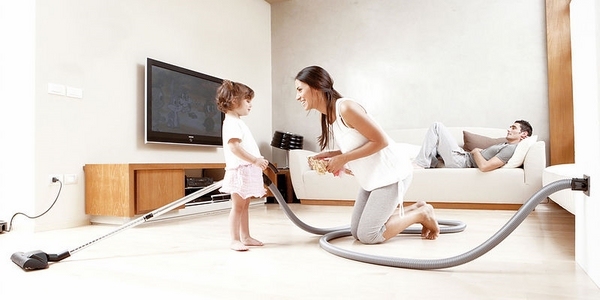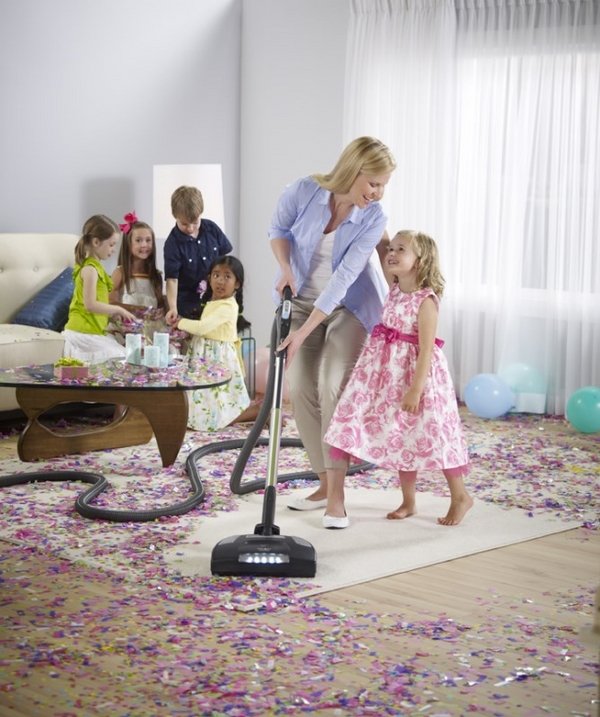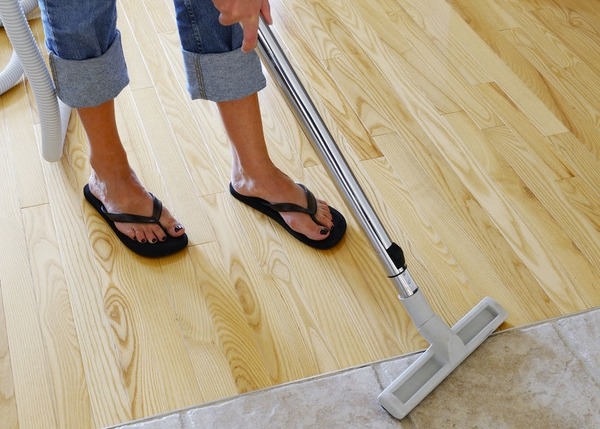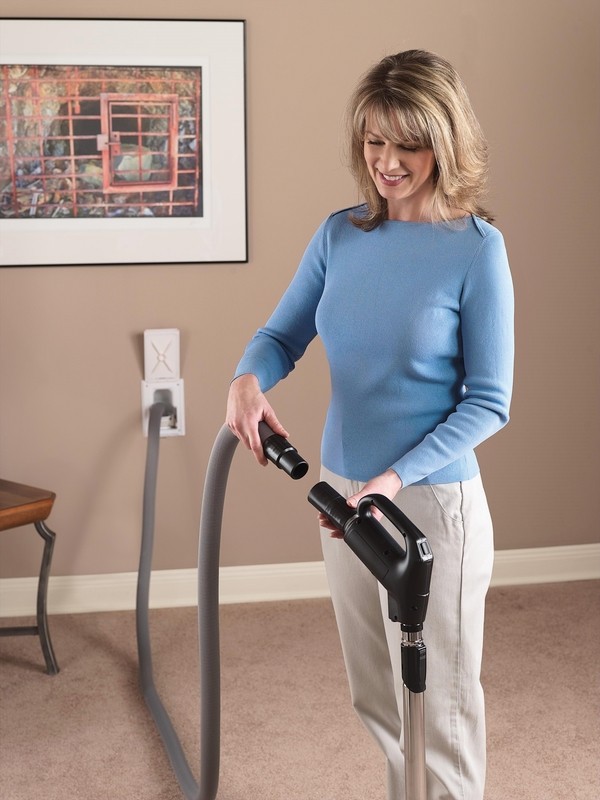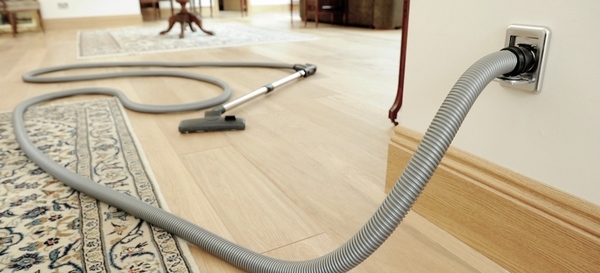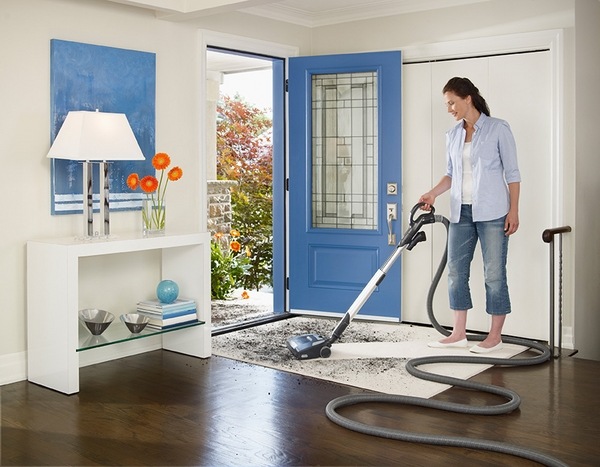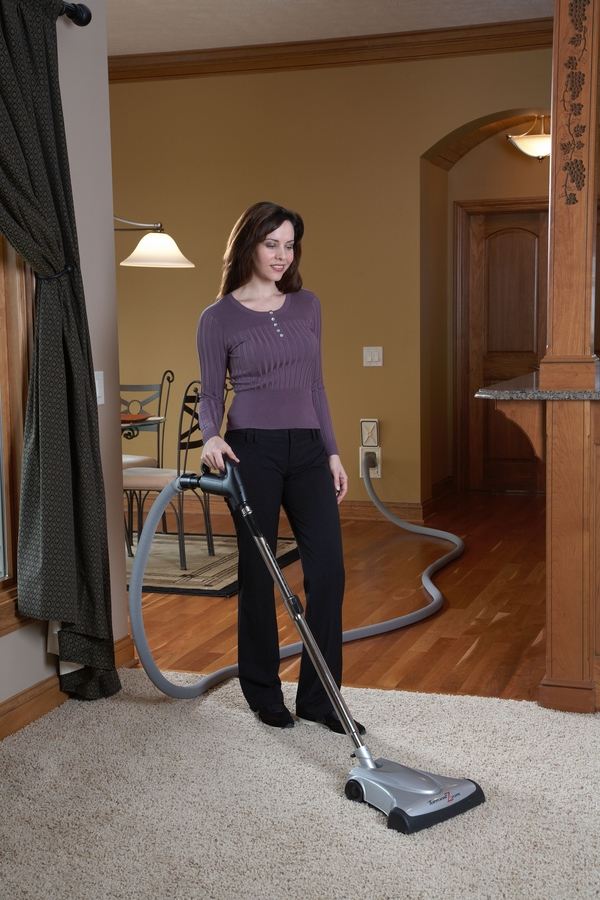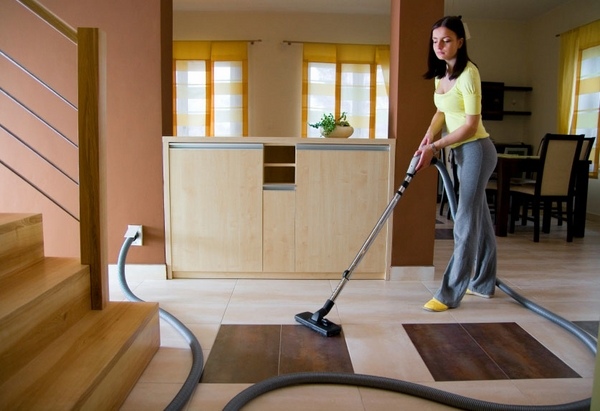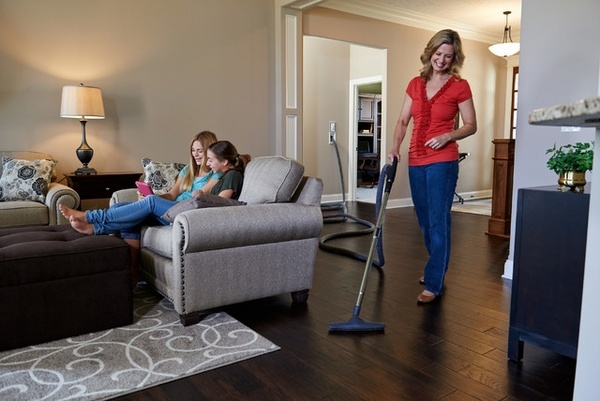Central vacuum system is a comfortable and easy way to clean the house quickly without the trouble of maneuvering with the vacuum cleaner between the furniture, carrying it up and down the stairs or dragging it from one room to another. What is a central vacuum system? How does it work? What are the advantages and disadvantages of it? There are many questions to be answered and despite the fact that these systems are on the market for some time now, many homeowners are not well acquainted with the benefits of a central vacuum system.
A central vacuum cleaner, also called built-in vacuum, is a system designed to aid the cleaning process of homes as well as buildings. It consists of several elements and the system is constructed to provide perfect cleaning, maximum ease of use, environmental friendliness and quiet operation.
How does a central vacuum system work?
A central vacuum system is convenient and practical. These systems have long deserved recognition and many homeowners prefer a central to portable oner, as built-in central vacuum is easy to use and does not take up space in comparison with the normal household machines. A central vacuum system consists of several elements – a power unit, which is usually installed in a basement, garage, balcony, attic, or ventilated utility room, tubing installed through the interior walls which connects vacuum inlets to the power unit, inlet valves, accessories, cleaning attachments and an exhaust system.
The principle of operation of central vacuum systems is simple. The hose is connected to the inlet and you can start vacuuming. The dust enters the wall inlet, then the pipe and then settles in a special container of the central cleaner. Dirt, debris and dust are removed through a valve into the street.
Wall inlets can be mounted in the walls and look like a regular electrical outlet, but they can be also installed on the floor and some models are equipped with a special protective cover. Usually one or two inlets are enough for every story, so a two floor house will need three or four inlets. If placed on the floor, they should be away from traffic and have metal covers.
Containers (collectors) for the collection of garbage and dust should have enough capacity and sizes vary from 15 to 180 liters, depending on the model of the built-in vacuum cleaner.
Ergonomic hoses of various lengths will make cleaning the room fast and even fun experience. Make sure that the hose reaches from the inlets to every corner that will be vacuumed. The power unit of a central vacuum can be up to three times stronger than the motors in portable ones which provides a strong suction to remove dust and debris, but also the deep grit.
What are the advantages of a central vacuum system?
A central vacuum system offers many advantages and the most obvious one is the ease of use. You can clean the house quickly and efficiently. Cleaning a staircase, for example, is extremely easy without having to carry a bulky vacuum cleaner and jump over the electrical cord or the home.
The quiet operation is another major advantage. Since the power unit is not located in proximity with the living area, the absence of noise is beneficial to all home occupants.
Efficiency and powerful cleaning provided by central vacuum cleaning, without any doubt, are much bigger than the ones, offered by a portable vacuum cleaner. The motor is stronger, which means it will last longer, and it provides a much stronger suction and you can use a central vacuum to clean various debris which a portable vacuum cleaner cannot handle.
Indoor air quality is significantly better which is of major importance for people suffering from allergies. Portable vacuums recycle allergens back into the air while the central vacuum system exhausts spent air into a utility space, basement, garage or directly outdoors. The living environment is much cleaner and there are less allergens in the air.
Central vacuum systems do not require a frequent emptying (2–4 times per year). The size of collectors is big enough to require occasional emptying. Make sure you do that outdoors as a dust could is released.
Maintenance costs are practically zero as you may have to replace a hose from time to time, a brush or other accessory. Central vacuum systems do not damage furniture or walls and their equipment is very durable and long lasting. Many manufacturers give a “Lifetime Limited Warranty” on all permanently installed components of a central vacuum system.
What are the cons of a central vacuum system?
The cost of installing a central cleaning system is perhaps the main drawbacks. A good system is more expensive than premium portable vacuum cleaners. Although not many of us look at household appliances as an investment, installing itis definitely an investment worth considering. On the first place such systems add value to the property, save money over time and will last longer than any portable vacuum cleaner.
If tubing is not properly installed, a central vacuum can be clogged or the pipes can be obstructed. A motor failure or defective wiring can be quite expensive to fix.
Before buying and installing any central vacuum equipment, you have to be sure that it is appropriate for your house. You need to determine the right size, the amount of piping and number of components.
A central vacuum system requires a professional installation and can hardly be a DIY project. The pipes are usually installed in walls and under floors which requires additional funding which makes these systems less cost effective for small apartments or houses. Further to that hoses need storage space and in a limited space this could be a problem.

